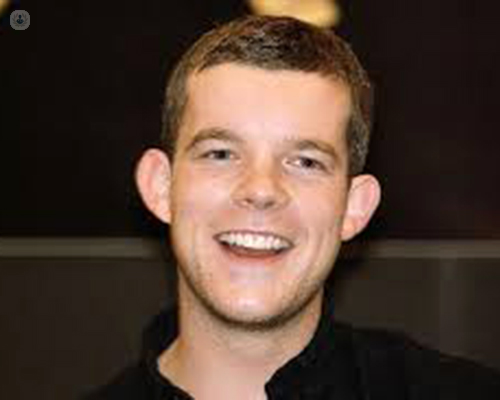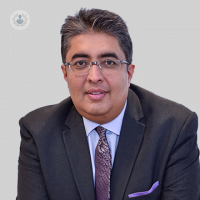Earfold vs. Otoplasty: how do these prominent ear correction techniques compare?
Written in association with:Prominent ears can have a significant psychological impact on people’s lives, especially if they were teased during childhood. Otoplasty (ear surgery) procedures have been used for decades to correct prominent ears, but a new, simpler, minimally-invasive technique called Earfold is available that was developed in one of London’s teaching hospitals, and has undergone years of evaluation and refinement. It is also popular with adults who don’t want to go through a full otoplasty procedure. Here, leading facial plastic surgeon, Mr Santdeep Paun compares the different procedures.

What do the procedures consist of?
Otoplasty
Otoplasty procedures vary depending on the type of correction needed. Incisions will be made on the backs of the ears, or in the inner creases of the ears. Excess cartilage will then be cut out, or folded into the correct position and stitched into place. Once the ears are in the desired position, the incision is closed.
Earfold
Earfold is done under a local anaesthetic and involves placing a thin, gold plated implant under the skin of the front of the ear to allow the cartilage underneath to bend and correct the prominence of the ear.
How long does the procedure take?
Otoplasty
Otoplasty takes between 30 minutes and 60 minutes per ear, and the duration of the surgery is usually one to one and a half hours. The surgery is often carried out under general anaesthetic, meaning more time is needed to recover from the surgery.
Earfold
Earfold is performed under local anaesthetic, and usually takes only 20 minutes to perform. Because a local anaesthetic is used the recovery time from the operation is much shorter.
How long until the results are seen?
Otoplasty
Otoplasty takes up to 10 days to recover, and a bandage will need to be worn during that time, to keep the ear position in place. Some discomfort may be felt in the following days, and children may feel the need to scratch the ears as they become itchy. Any kind of rough movement of the ears should be avoided for two months following the surgery.
Earfold
Earfold doesn’t require bandages, and the results are seen straight away. In fact, you can see the results before the procedure, as temporary positioners are used to make sure are in control of the final position of your ear. Once you are happy, the implants are put into the correct position giving the results you required. All that is required is a small incision, which heals quickly.
What age can you have the procedures?
Otoplasty
Otoplasty is surgery to correct the shape and size of the ears can be performed at any age after the ears have reached their full size. This is usually considered to be after the age of five years old, and can be done all through adulthood.
Earfold
Earfold is more commonly performed on children aged seven and older, as there is more guarantee that the effects will work as the cartilage is strong enough. Compared with the other techniques, the results are more guaranteed. Earfold is also a preferred technique with adults, who want to correct their prominent ears, but don’t want to go through the full otoplasty or pinnaplasty procedure.
To make an appointment with a specialist in correcting prominent ears, click here.


